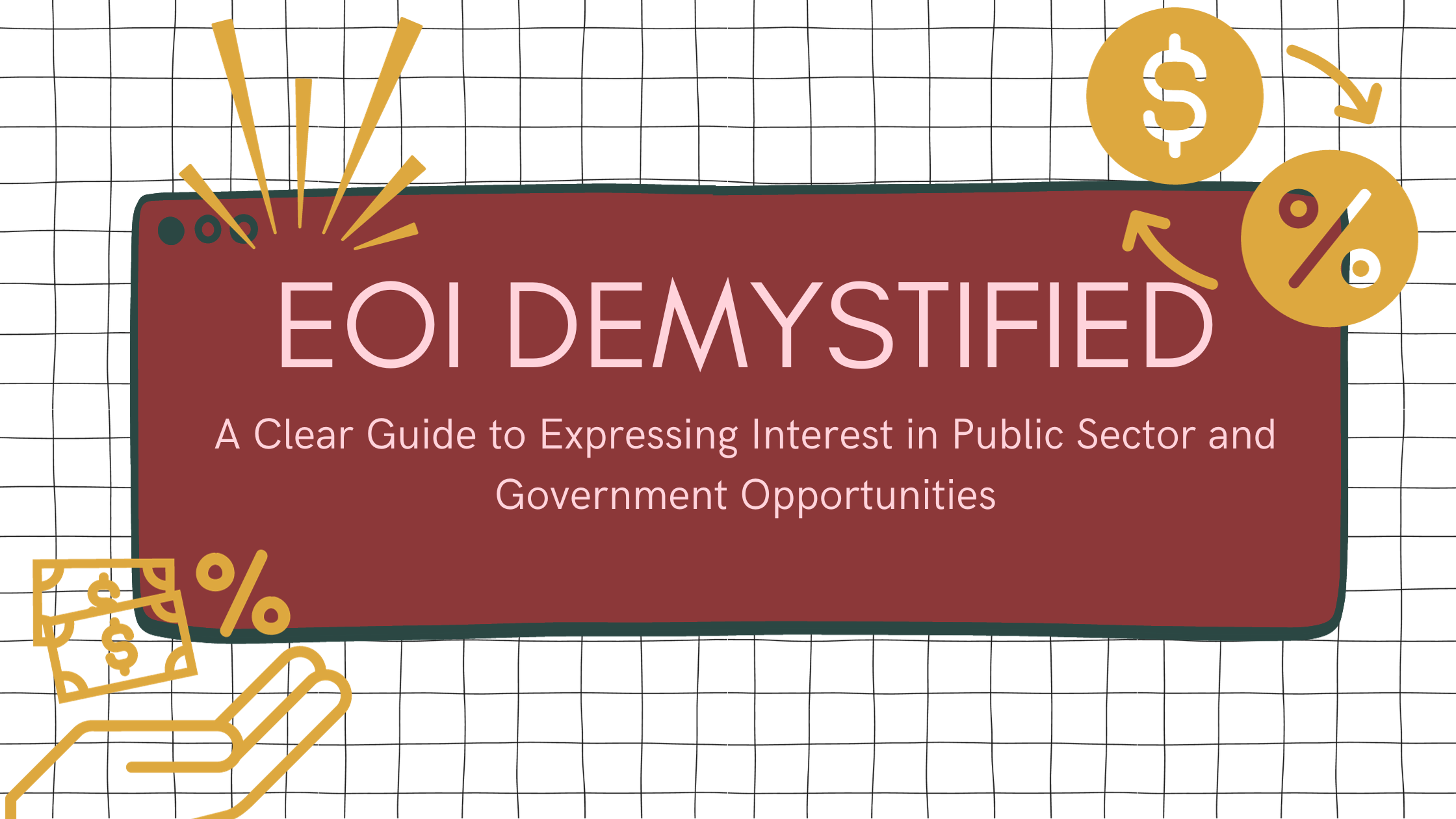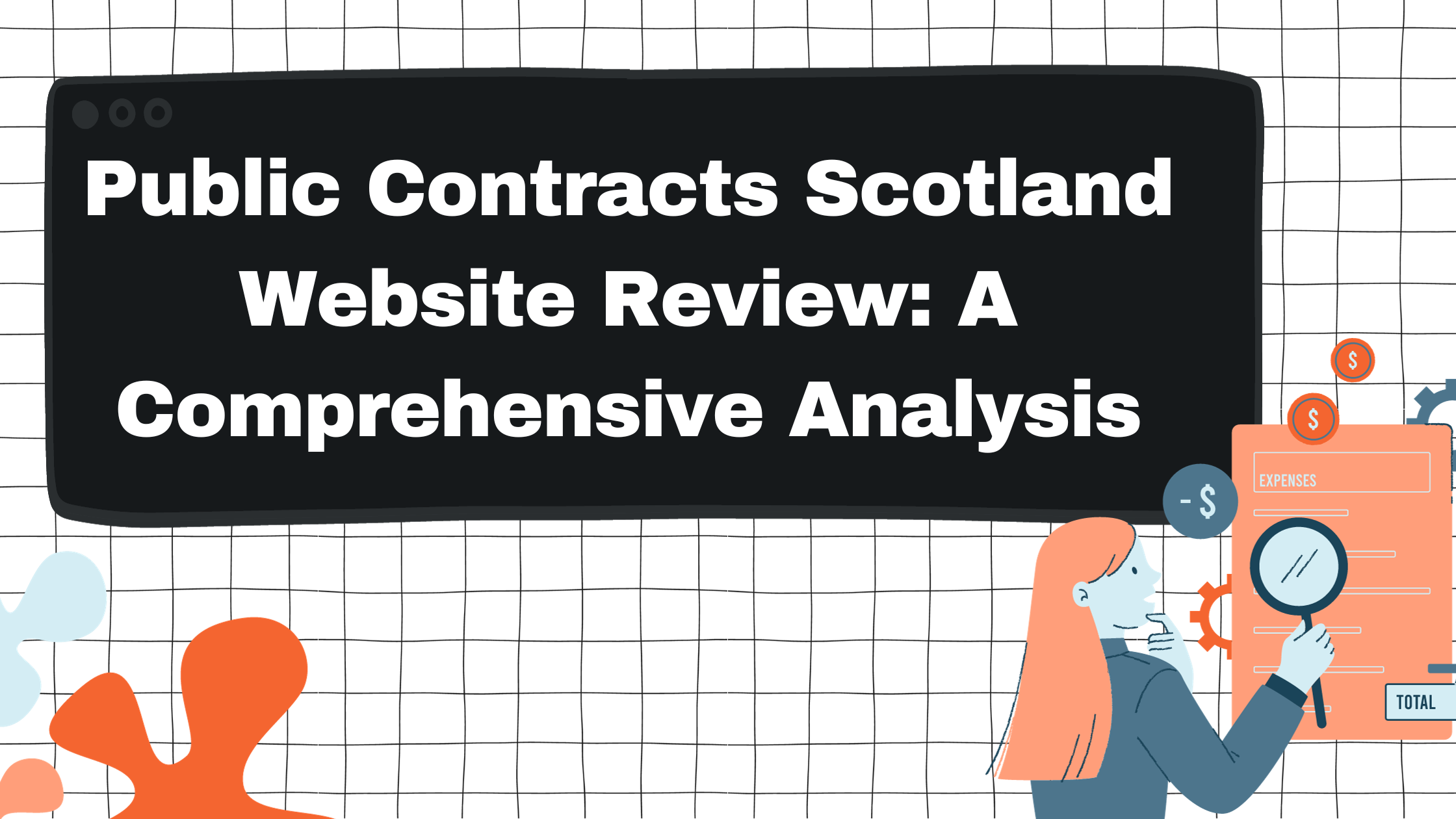Optimize Your Success with Proposal Writing Services and Expert RFP Writing at RFPverse

Need Help with Your Bid?
Get in touch by filling out the form and one of our advisors will be in contact.
Contact Us
Responding to a Request for Proposal (RFP) can be a daunting task, but it's crucial for securing new business opportunities. A winning RFP response starts with a deep understanding of the client's needs and how your solution stands out. By thoroughly evaluating the RFP and planning accordingly, we can create a compelling proposal.

Collaboration is key. Our team's collective expertise and coordinated efforts can produce a more comprehensive and convincing response. Drafting the proposal should be a team effort, with each member contributing their insights and skills to address each requirement effectively.
Before submitting our RFP response, we must review and refine every detail. This ensures clarity and precision, leaving no room for errors that could jeopardize our chances. With careful planning, collaboration, and attention to detail, we can increase our odds of winning the RFP.
Key Takeaways
- Understand the client's needs and how your solution stands out.
- Collaboration among team members is crucial for a comprehensive RFP response.
- Review and refine the RFP response to ensure clarity and precision.
Understanding the RFP Landscape
We need to grasp the key elements of an RFP to craft responses that stand out. By understanding the client's goals, the detailed RFP process, and thorough preparation, we can align our proposals to meet their specific needs.
Deciphering RFP Goals and Requirements
The first step is to identify the client’s goals. These could include cost efficiency, innovation, or quality improvement. By recognizing these goals, we can align our proposal accordingly.
We should carefully review the RFP document to pinpoint specific needs and requirements. This might include the project's timeline, submission guidelines, and evaluation criteria. Paying attention to these details ensures our proposal meets all necessary conditions and highlights our strengths as a service provider.
Navigating the RFP Process
Understanding the RFP process is crucial for timely and accurate submission. Most RFPs follow a structured timeline with key milestones such as the release date, question submission deadline, and final proposal due date. Knowledge of these dates helps us plan our response efficiently.
We must also comprehend the submission process, which may involve electronic portals, email submissions, or physical deliveries. Adhering to the client’s preferred method reflects our professionalism and attention to detail, increasing our chances of success.
Research and Preparation Strategies
Thorough research and preparation are vital to crafting a compelling proposal. We should start by understanding the client's industry, company history, and past projects. This helps us tailor our response to their specific context and demonstrate our ability to meet their needs.
Analyzing competitors’ strengths and weaknesses provides insights into how we can position ourselves as the best choice. Gathering information on their previous RFP responses and outcomes highlights competitive advantage areas we can capitalize on.
Using templates and RFP response software can streamline our process. These tools help us organize information, ensure compliance with requirements, and maintain a consistent and professional format.
Crafting the Proposal
When crafting the proposal, it's essential to focus on creating content that resonates with the client's needs. Highlight our qualifications and articulate the unique value we bring to the table.
Developing Compelling Content
Our proposal should use clear, concise, and professional language. Start with an engaging cover letter to make a strong first impression.
Use bullet points to organize information, making it easy to read. The executive summary should quickly address the client's needs and our proposed solution.
Frequently refer back to the RFP, ensuring alignment between our document and their requirements. A well-structured document with targeted language helps create a tone of confidence and expertise.
Showcasing Your Qualifications
We must highlight our qualifications to show we are a good fit. Include specific case studies that demonstrate our success in similar projects. Testimonials from satisfied clients can further build our credibility.
Present our product or service and how it meets the client's needs. Detail our team's experience and the relevant skills that make us the preferred vendor. This section should make it clear that we possess the expertise required.
Illustrating Value and Differentiators
Identify and articulate our value proposition and how it benefits the client. Focus on our unique differentiators, the key benefits that set us apart from competitors.
Provide a value-based solution that addresses the client's problems. Use real examples to illustrate our points. Highlighting our superior customer service, innovative products, or cost-effective solutions can make a significant impact.
Offering a clear picture of the value we bring helps the client see us as the optimal choice. Using charts or tables to summarize value points can make the information more digestible.
By focusing on these aspects, our RFP response will stand out, demonstrating our capability and commitment.
Finalizing the RFP Response
When finalizing an RFP response, it is crucial to focus on refining the content, using effective visuals, and ensuring compliance with submission requirements. These steps ensure the response is polished and professional, increasing the chances of a successful bid.
Refining and Reviewing
Refining an RFP response involves multiple steps. First, we need to draft our content carefully. This usually means creating a first draft that addresses all key points.
Next, thorough editorial review is crucial. We should check for consistency in our messaging and make sure the pricing and costs are clear and realistic. Grammar and spelling mistakes must be eliminated.
Using a content library can be helpful to maintain consistency. Reviewing the proposal timeline helps to ensure that everything is on track and deadlines are met.
Effective Use of Visuals and Formatting
Visuals greatly enhance the readability of our RFP response. Incorporating charts and graphs can make complex information easier to understand. Visualizations help to present data clearly and can highlight our strengths effectively.
Formatting is also important. Using a table of contents at the beginning helps the reader navigate through the document. Consistency in font, color scheme, and layout can make our response look professional. Saving the document as a PDF ensures the formatting remains intact across different devices.
Compliance and Submission Details
Adhering to the submission guidelines of the RFP is vital. This includes checking all contract terms and conditions, as well as any specific policy requirements.
Using RFP software can facilitate this process by ensuring we don’t miss important details. We also need to make sure that the RFP cover letter is well-crafted and reiterates our commitment to the project.
Double-checking all submission details, such as the deadline and submission format, helps to avoid last-minute issues. This final step ensures that our polished and compliant RFP response is delivered on time.
These key areas of focus—refining content, effective visual presentation, and compliance—are crucial for creating a winning RFP response.
Frequently Asked Questions
In this section, we address some of the most common questions about crafting effective RFP responses, such as essential components, strategies for differentiation, and tips for formatting.
What are the key components of a successful RFP response?
A successful RFP response should contain a clear cover letter, an executive summary, and detailed solutions to the client's needs. We must also include proof of past success and relevant credentials.
How can an organization effectively showcase its value in an RFP response?
We can showcase our value by highlighting specific, quantifiable benefits like cost savings or improved efficiency. Describing how we address the client’s unique challenges also reinforces our value proposition.
What strategies can be used to set an RFP response apart from competitors?
To stand out, we can use a proposal template or unique design. Personalized messages and tailored solutions that directly address the client's needs can also differentiate us from competitors. Clear and concise writing is essential.
What are some common pitfalls to avoid when drafting an RFP response?
Common pitfalls include missing the submission deadline, failing to address all requirements, and using jargon that may confuse the client. It’s also important to avoid lengthy, hard-to-read paragraphs.
How can a company tailor its RFP response to appeal to government agencies?
To appeal to government agencies, we should emphasize compliance with public sector regulations and provide detailed cost breakdowns. Including evidence of past government projects can also be beneficial.
What is the importance of formatting and presentation in an RFP response?
Formatting and presentation are crucial for readability and professionalism. Using headings, bullet points, and white space makes our RFP response easier to read. A well-presented document also leaves a positive impression on reviewers.
Ready to start your search?
Get in touch by filling out the form to the right and one of our advisors will curate a personalised selection for you.
Get in touchBlogs. Guides. Helpful advice.

Mastering Proposal and RFP Writing for Government and Public Sector Opportunities

Proposal and RFP Writing Services: Enhancing Public Sector Tender Outcomes

.svg)